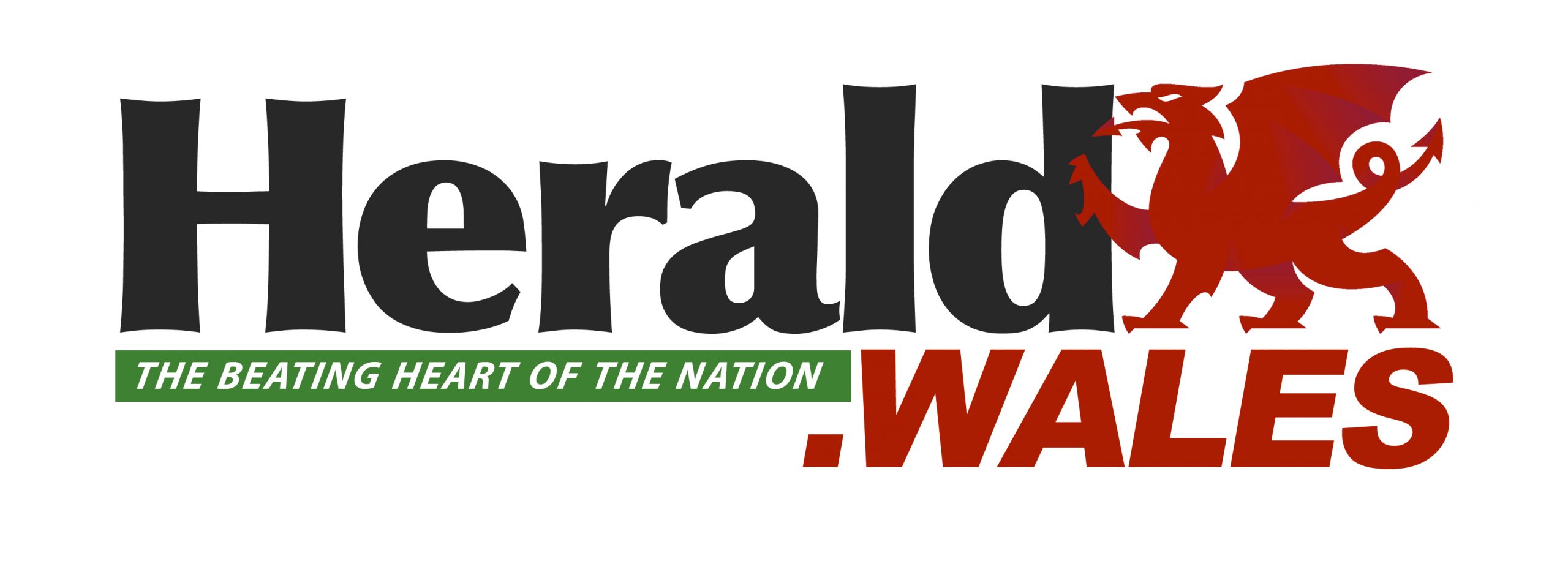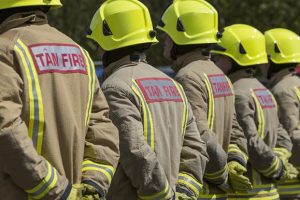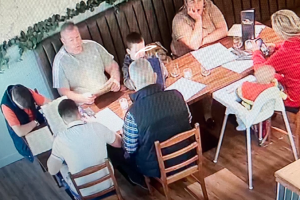2022 was a year of conflict. Warfare raged in Europe, civil war engulfed the UK Government, and County Council elections took place. There was sadness as the longest-reigning British monarch died. Barry Cryer jumped aboard the last chuckle bus, followed by Bernard Cribbins and Leslie Phillips. There was joy as Wales’s football team qualified for the World Cup in Qatar and despair (and delight) as England’s Harry Kane hoofed the ball into orbit from the penalty spot.
Every step of the way, The Herald’s woodland army of elves, evil news pixies, Badger, and our Most Esteemed and Beloved Leader, the Great Helmsman and Occupant of the Iron Throne, reported the news that matters, whether local, regional, or national.
Badger will look back at some of the stories we covered this year: funny, tragic, important, trivial, and thought-provoking as The Herald remembers 2022.
THE MOTHER

In February, Vladimir Putin directed Russian forces to invade neighbouring Ukraine in an unprovoked act of aggression. Within the month, Herald readers and local businesses helped us to take aid to refugees on the Polish border with Ukraine. It was an unforgettable and humbling trip. We saw hope amidst despair as ordinary people from around the world converged on the Ukrainian borders and did extraordinary things to help other humans cope with the loss of their homes and livelihoods and find their ways in a new country and the rest of Europe.

This young mother crossed the border from Ukraine to Poland with her two young children.
Leaning against a wire fence in Poland, she appears equally relieved and distressed.
She took her children from Kyiv, a city under constant siege from Putin’s army, around which fighting has been intense.
The queue at the border crossing into Poland is 5 kilometres long. It takes twelve hours to get from the back to the front, and the number of refugees fleeing aggression means the queue is constantly refilling.
The night before, temperatures hit minus six degrees centigrade. Those waiting to enter Poland had to shelter in vehicles and makeshift shelters provided by aid workers who crossed the border to help them.
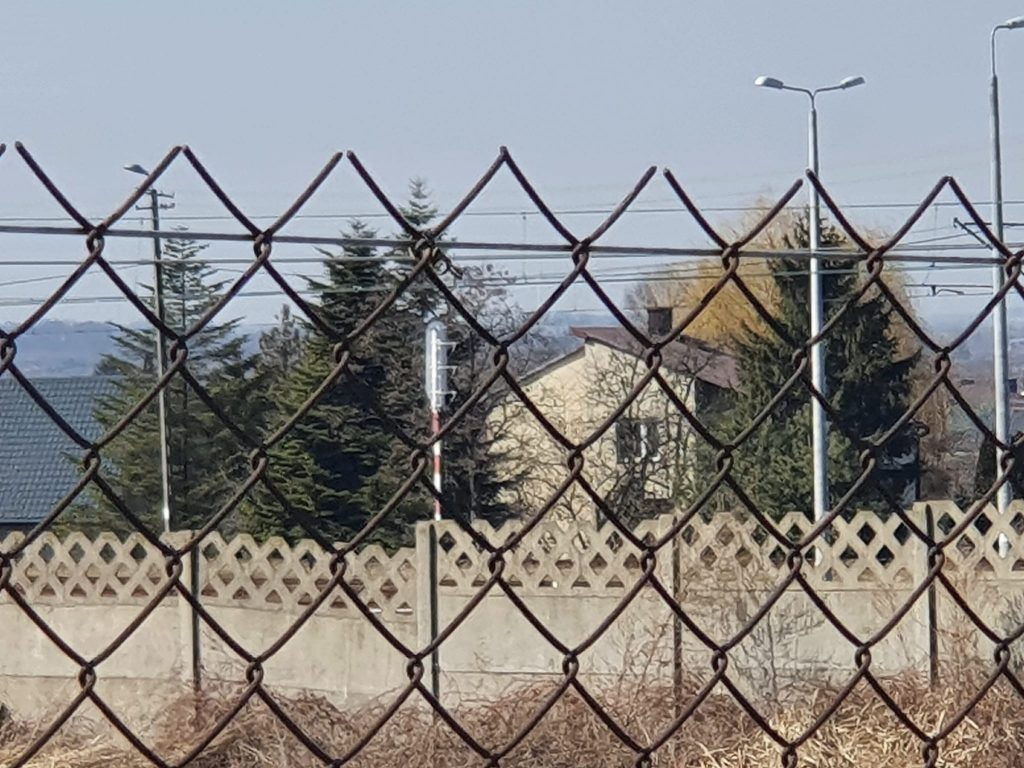
She made the journey alone. Her husband remained behind to fight the Russians.
She looked exhausted and distressed while her young children looked bewildered at having to leave their home for reasons they could scarcely understand.
In many ways, she is typical of those leaving Ukraine.
She does not know what has happened to her home or what has happened to her husband.
Her family’s home could be rubble, and her children’s father possibly dead.
Where she went after crossing the border is anyone’s guess.
Perhaps she was lucky to have family in the EU or UK. More likely, she would spend days in the refugee centre in the nearby town of Przemyśl, waiting for paperwork and recovering from her ordeal.
THE COUNCIL
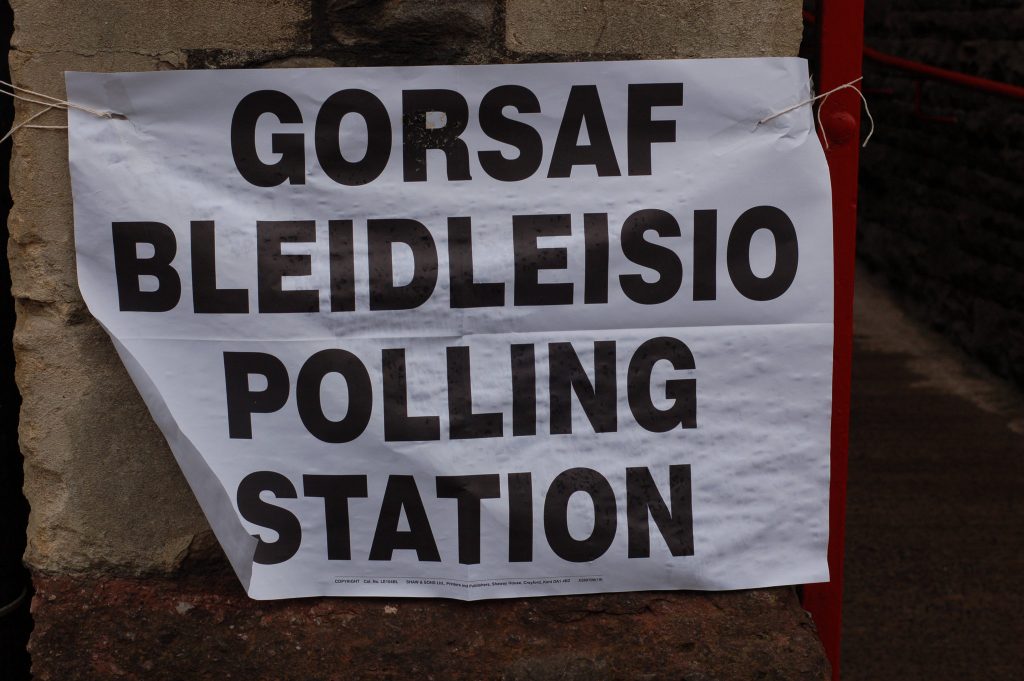
EVERY five years, Pembrokeshire has the chance to elect a new Council. It’s a triumph of local democracy that so many people are so happy with how the County Council performs that so many seats are uncontested each time.
This year was a bumper one for local democracy. Almost one-third of sixty Council seats were uncontested. The people of Pembrokeshire know what they like: more of the same.
Or, at least, that would be true if there hadn’t been such a turnover in the contested seats.
Veteran councillor and housing campaigner David Lloyd lost in St Davids; Plaid Cymru haemorrhaged seats everywhere; a high proportion of supposedly “independent” candidates turned out to value their independence so lightly they abandoned it at the election count – and, really, Welsh-speaking IPG members shouldn’t think they can’t be understood while conspiring in corners.
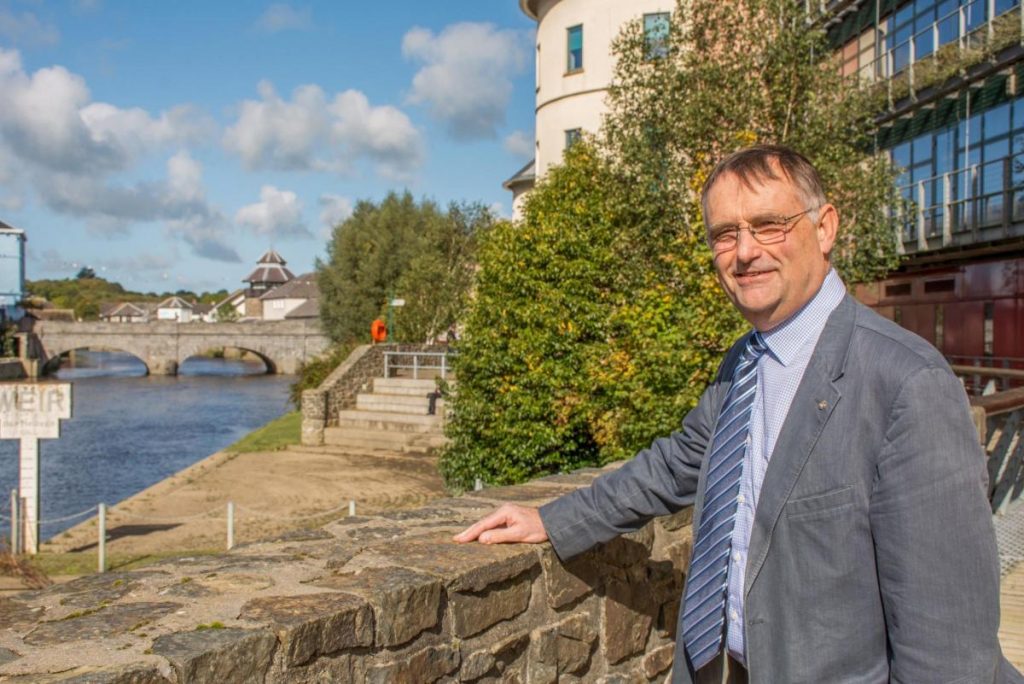
With the greatest respect to his successor as Cabinet Member for Finance, the Council lost its most able member, Bob Kilmister, to an “election-day-only independent”. County Hall’s cabaret lost its most prominent contributor as Paul Dowson finished a distant third behind Labour’s Maureen Bowen. County Council Chair Aden Brinn lost to Mel Phillips, surprising and horrifying them equally.
After the dust settled, David Simpson returned as the leader with a Cabinet formed after much horse-trading (one Cabinet post was filled only after an aspirant decided they’d rather chair a Committee).
The new Council faces an unprecedented budgetary crisis caused by circumstances far beyond its control. The next few years could define just how much it can deliver in the future and how much of what people take for granted will fall by the wayside as councillors try to balance the books while balancing massively increased costs (another £6.3m for energy bills, for example) and services that support the young and the vulnerable. But that’s what councillors must do everywhere in the UK. There are no easy choices, and the best Pembrokeshire can hope for is that its representatives take a long-term and holistic view and not just pluck low-hanging fruit because it’s easy. Intellectual laziness, grudges, and thwarted ambition will make bedfellows from the most unlikely. We must all hope that something remotely resembling common sense prevails. And we’ll find out whether that improbable scenario plays out in January.
THE GOVERNMENT

IN 2022, we’ve had three Prime Ministers, four chancellors (one of whom tried to resign after one day), four Home Secretaries (one of them twice), two Foreign Secretaries, three Secretaries of State for Wales, three Northern Ireland Secretaries, and five Secretaries of State for Education.
So far.
In 2015, the Conservatives warned of “a coalition of chaos under Ed Miliband”. What a welcome period of calm and reflection the last seven years have been, readers.
This year, that period of considered government undriven by the agendas of media barons and foreign money built to a crescendo of unprecedented turmoil and backbiting. Blood sports are less horrifying than the spectacle of the Conservative Party tearing itself to pieces. Anything other than abject humiliation at the next election will be a triumph, even with the new-rigged parliamentary boundaries.
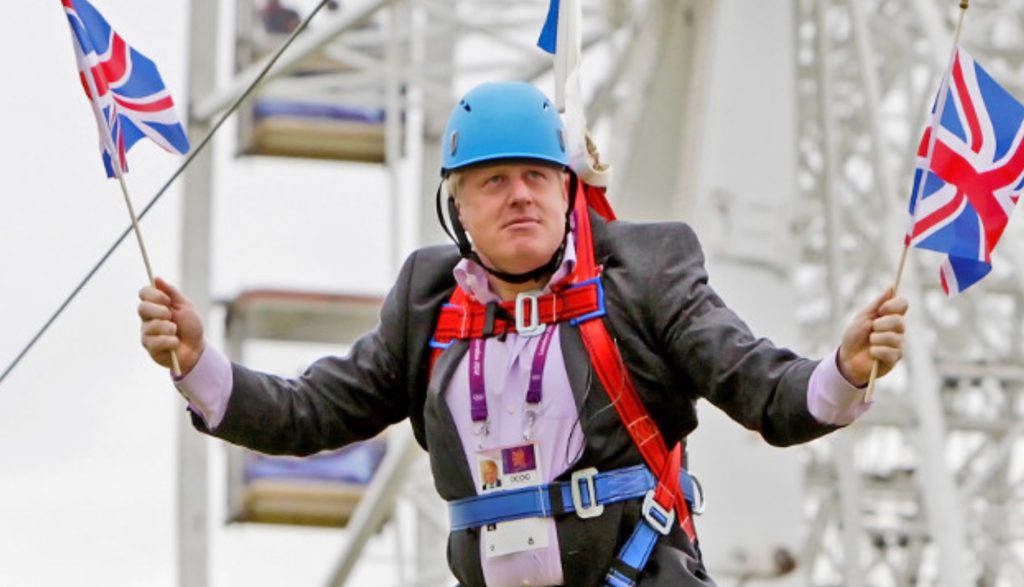
Boris Johnson’s Non-Stop Erotic Cabaret of rule-breaking, back-scratching, venality, and corruption ploughed messily into the buffers in the same slow-motion that highlights the destruction of major landmarks in Independence Day and its sequel. The Conservatives stuck with Boris Johnson far beyond it was time to get rid of him. In the end, his hubris led to him sending his Cabinet colleagues out to lie on his behalf to the media. Sickened, they turned on him, with Simon Hart among the rebels telling Mr Johnson his position was unsustainable. After watching almost his entire ministerial team walk out on him, Boris Johnson took the hint. A Prime Minister serves at the gift of the sovereign and the majority of the House of Commons. He averted the type of constitutional crisis unseen in recent history by resigning.
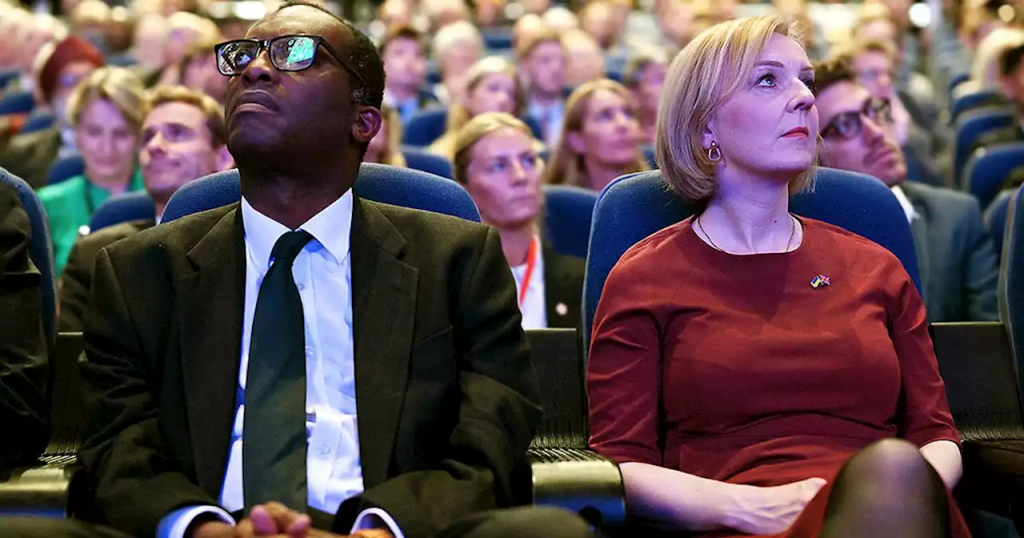
If people thought things were bad under Boris Johnson, they rapidly got worse under his short-lived comedy predecessor, Liz Truss. The intellectually negligible ideologue managed to tank the markets, destroy whatever was left of the Conservatives’ reputation for economic prudence and provide an everlasting lesson of the dangers of giving monkeys the keys to banana plantations. On the upside, her humiliation was shared by the European Research Group and its High Priest and Victorian Wife Poisoner-manque, Jacob Rees Mogg.
Every cloud.
And now we have Rishi Sunak. A poor little rich boy who can’t afford enough material for his Savile Row trousers. Mr Sunak has gone back to the future. Back to austerity. Back to the public sector and the poorest bearing the cost of bankers’ greed and the financial market’s goodwill. And, most tellingly, back in time.
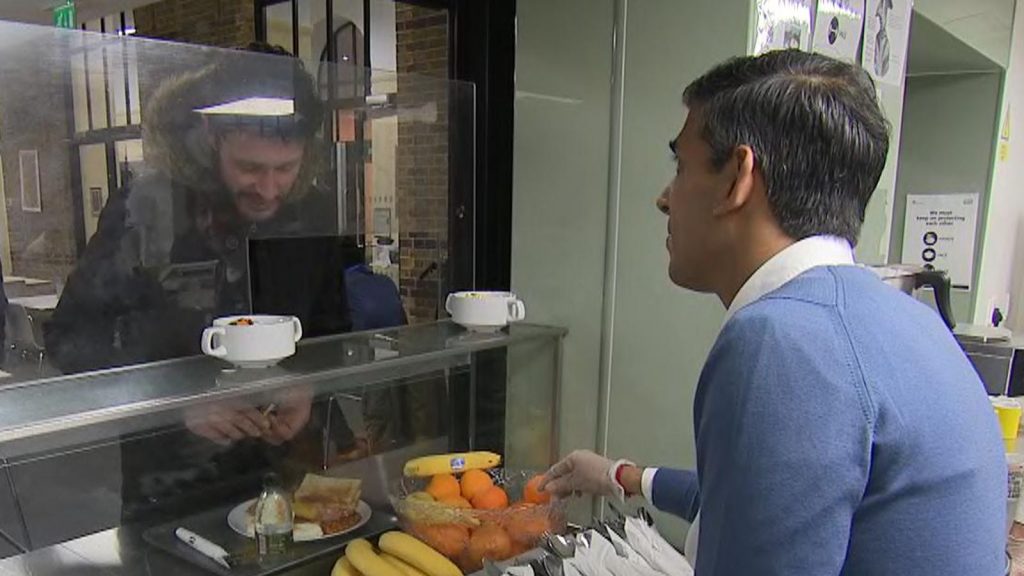
In the theme park of SunakWorld ™, everything is Labour’s fault for not being in power. Using his TARDIS, Mr Sunak has erased the past dozen years of Conservative governance. In SunakWorld ™, logic dictates Labour must carry the can for the years the Conservatives wasted arguing with themselves.
THE QUEEN
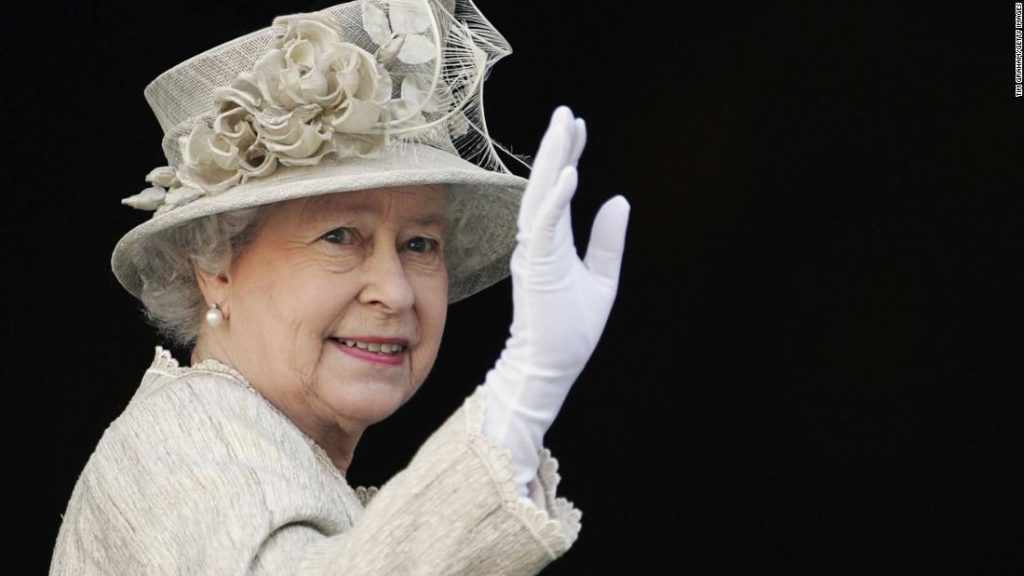
QUEEN ELIZABETH II was history.
The touchstone of the lives of every Briton and Commonwealth citizen born after February 6, 1952, died on September 8, 2022.
Certainties have come and gone. Those old enough to vote in the General Election the year before the late Queen came to the throne would now be at least 92; those old enough to have seen frontline service in Europe in the Second World War, 95; those born that year have seen the end of Empire and the birth of global Britain.
From her first official visit in 1955 to her final one in 2014, Queen Elizabeth II saw Pembrokeshire change.
When she arrived at the River Cleddau on the Royal Yacht Britannia in 1955, the royal children Charles and Anne disembarked to visit the beach at Lindsway Bay. They enjoyed a different view than modern visitors.
Instead of refineries, the relics of Second World War radar and aircraft stations fringed the estuary. Farmland sloped down to the Cleddau on either side.
In 1960, Prince Philip attended the official opening of the ESSO refinery; within five years, the Regent refinery was online. By the time of the Queen’s next official visit in 1968, the Haven would be much changed.
Construction of the Pembroke Power Station was underway, and Her Majesty toured the state-of-the-art Gulf Refinery.
On June 7, 1977, the County’s streets thronged with people celebrating the Silver Jubilee at street parties that sometimes stretched long into the evening. During the gloriously sunny weather that accompanied her visit on June 23, the Queen travelled to Milford Haven and Haverfordwest while crowds filled the streets as the royal motorcade whisked her through Pembroke Dock en route to the County’s two largest towns.
Well-wishers packed Haverfordwest’s High Street fifteen-deep on either side as the royal party visited the old Shire Hall. During her visit to Milford Haven the same day, the royal party could reflect on how the town had rapidly expanded as industry overtook the town’s fishing industry.
By 1982, the old certainties had faded further. While the revamp of the then-Texaco refinery provided short-term relief from the oil industry’s decline, the County the Queen visited in 1982 was in a worse economic situation than it had been since the 1950s.
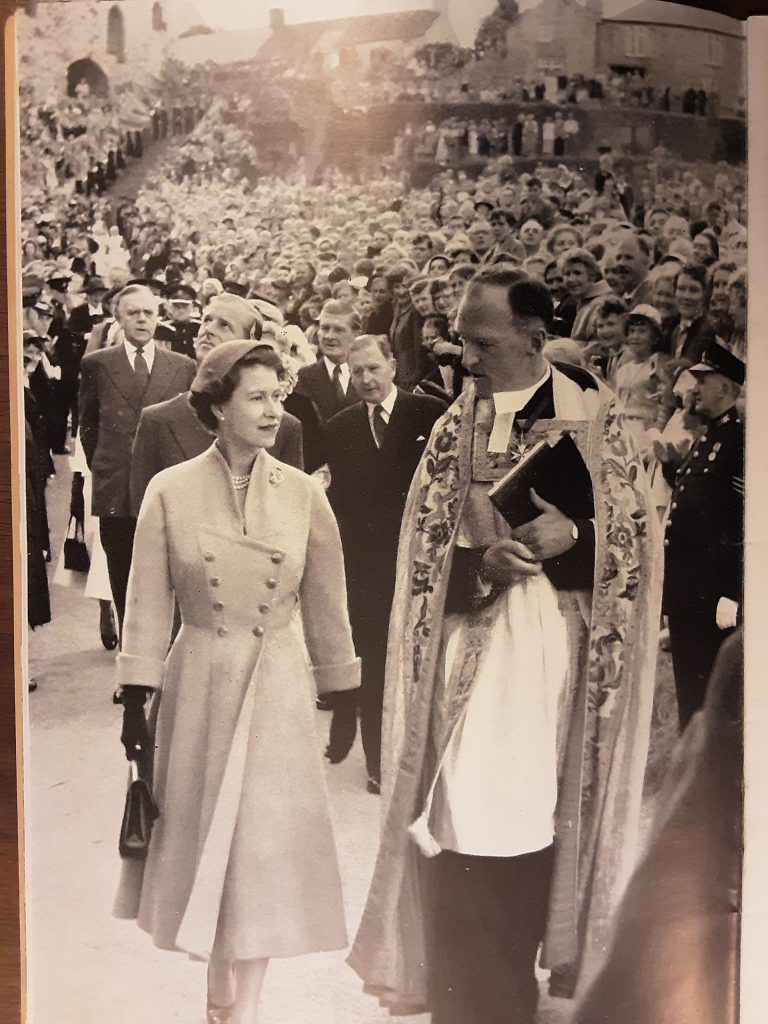
Crowds still turned out in large numbers on Haverfordwest High Street as the Queen strolled down it flanked by flagbearers from the Royal British Legion. That visit was especially notable for being the first time the Queen awarded the traditional Maundy Money in Wales, in St David’s Cathedral.
In 1995, the Queen arrived in Solva on the Royal Yacht Britannia, having sailed from Cornwall. During her visit, she re-conferred the city status on St Davids it lost in 1886.
Although the trip was planned months in advance, the Queen changed the programme to travel to Haverfordwest and meet the wives and children of five servicemen from the Royal Welch Fusiliers (based at Brawdy and of which she was Colonel-in-Chief) held hostage in Bosnia during the Balkan wars.
In 2001, the Queen and The Duke of Edinburgh arrived at Haverfordwest Station. They travelled to St David’s Cathedral to open the restored Porth-y-Twr (gatehouse).
In the afternoon, she opened County Hall, Haverfordwest, and later visited Pembroke Dock Community School and officially opened it.
In 2014, and still a keen horsewoman, The Queen visited Cotts Farm Equine Hospital at Robeston Wathen, where she was greeted by Narberth Scouts, before heading to one of Pembrokeshire’s business success stories at Prince’s Gate, Tavernspite, where she witnessed the production of the spring water that made the company’s name in the company of children from Tavernspite and Templeton schools.
The Queen and Prince Philip ate lunch at Picton Castle before heading to Pembroke Dock, her first landing point in Pembrokeshire almost sixty years before.
Her return to the town book ended her visits to our County. In 1955, Pembrokeshire was still emerging from the end of the Second World War.
Her Majesty saw the tail end of the County’s military connections and the dawning of industry.
Returning in 2014, she opened a heritage centre which memorialises the past through which she lived and saw the beginnings of a new economic direction for the County.
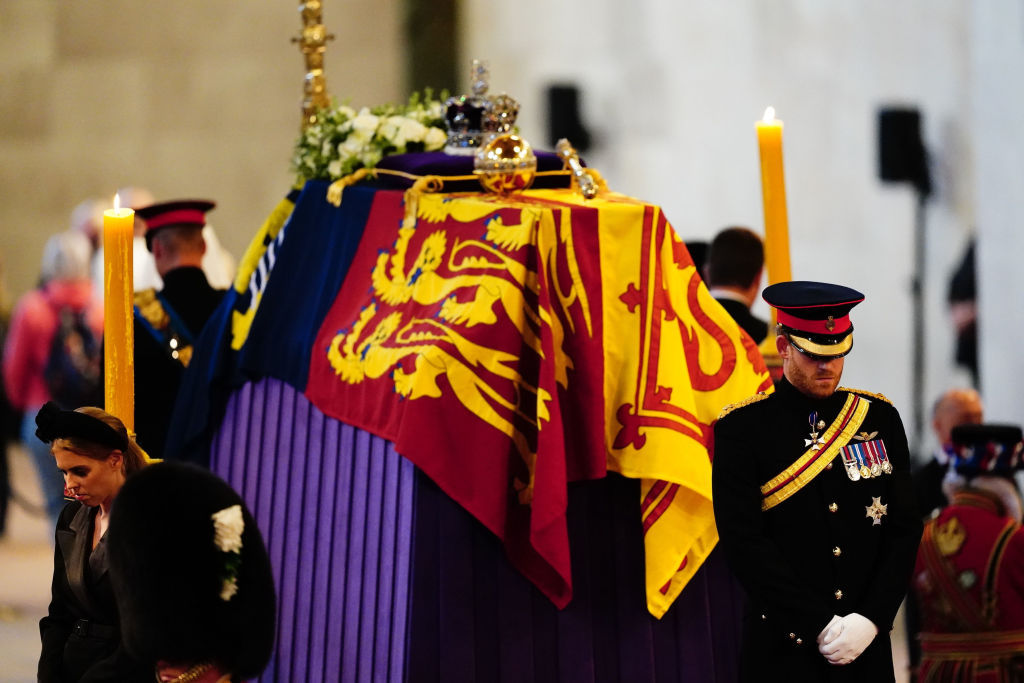
From pastoral to industrial and post-industrial, ceremonial to personal to embodying a living heritage, the Queen saw Pembrokeshire over seven decades. And those who saw her while she was here won’t forget their experiences.
THE FREEPORT
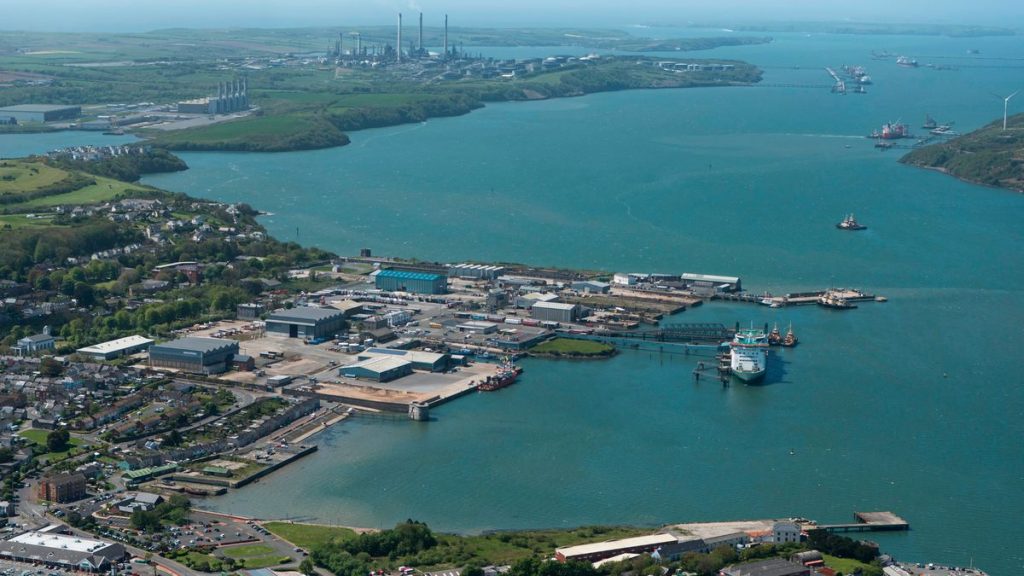
AFTER a long build-up, on November 23, a public-private consortium unveiled its bid for a Celtic Freeport.
Freeports are special customs zones located at ports where different customs rules apply. They reduce administrative burdens and tariff controls, provide relief from duties and import taxes and ease tax and planning regulations.
Pembrokeshire County Council hopes creating jobs in manufacturing and fabrication will increase the number of skilled jobs available to local workers. That’s possible because goods brought into a Freeport do not attract a requirement to pay duties until they leave one and enter the domestic market. No duty at all is payable if they are re-exported.
If successful, the Freeport centred on Milford Haven and Port Talbot is forecast to create over 16,000 jobs and generate up to £5.5 billion of new investment.
On the eve of the freeport bidding window closing, the bid team unveiled their vision to create a green investment corridor with long-term commitments on major port infrastructure upgrades, skills development, and innovation.
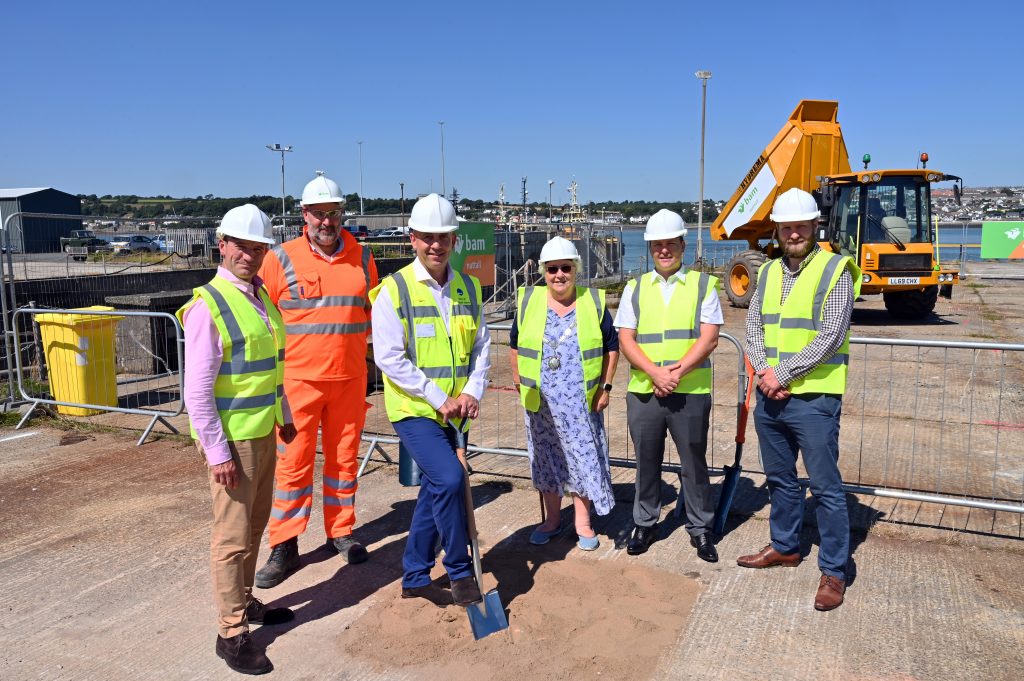
The consortium includes Associated British Ports (ABP), Neath Port Talbot Council, Pembrokeshire County Council, and the Port of Milford Haven. It aims to accelerate significant inward investment in new manufacturing facilities to support the roll-out of floating offshore wind (FLOW) from the Celtic Sea while providing the backbone for a future based on the hydrogen economy, sustainable fuels, carbon capture, cleaner steel, and low-carbon logistics.
The bid also proposes an ambitious skills agenda to harness the skills base, industrial assets, and education providers of today for the jobs of tomorrow through dedicated green skills programmes.
The successful bidder will be announced in the first quarter of 2023.
Pembrokeshire County Council is a key player in the scheme, which it hopes will regenerate Pembrokeshire’s economy and increase employment opportunities across our County.
Will Bramble CBE, the CEO of Pembrokeshire County Council, said: “Our plans will create a more secure national energy supply and help diversify the region’s industrial base as Wales accelerates its transition to a decarbonised economy, with many fresh opportunities for future generations.”
Tom Sawyer, the Port of Milford Haven’s CEO, said: “I am optimistic about the life-changing impact this level of economic regeneration can have on local families and communities, and proud that our collaborative approach will accelerate Wales towards a bright, sustainable future.”
THE BOARD
HYWEL DDA UHB: words that strike dread into Pembrokeshire’s residents every year.

And why break the habit in 2022?
The Board is currently considering stripping more paediatric services after claiming they were a temporary measure. The inevitable outcome of the Board talking to itself and not listening to others (or “consultation”) is due early in the New Year.
In January, the Board announced its candidate sites for a new super hospital. As a token gesture, one was in Pembrokeshire. Two remain, one in Whitland and another near St Clears.
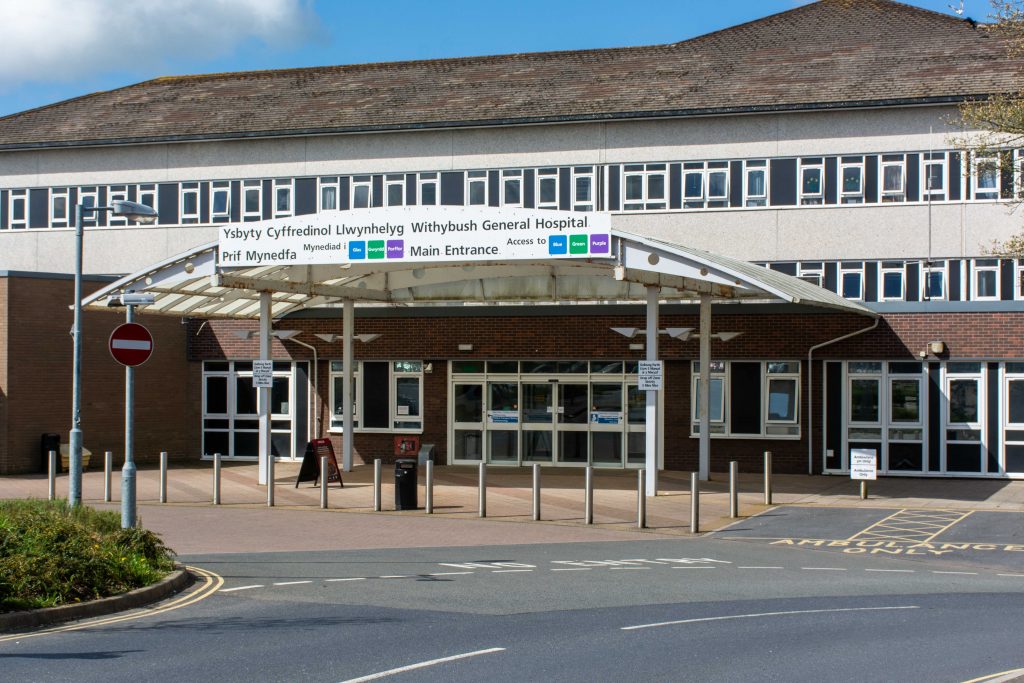
To make its vision work, the Board plans to downgrade both Withybush and Glangwili hospitals to local community hospitals. In fairness, both hospitals are beyond the end of their working life, and their infrastructure is clapped out. Refitting them would cost more than building a new hospital with no improvement in patient services.
The Board has signally failed to cut through to the public. That problem is especially severe in Pembrokeshire, where the public has little or no confidence in the Board due to how it has salami-sliced services away from Withybush through a lack of transparency and – what the public view as – deceit.
The Board has not received penny number one for any of its plans. If the Welsh Government doesn’t stump up the readies for the whole strategy, the case for individual parts falls abroad. Suppose the funding to reboot Withybush, Glangwili or community care doesn’t materialise. In that case, the case for a new hospital as the centre for a new strategy is hopelessly diminished.
The interlocking nature of the strategy is only as strong as its weakest link, and tension exists between the Board and others over how that strategy will be funded and who will pay for it. The provision of integrated care also runs the risk of allocating resources and services without overall responsibility and accountability for their delivery.

Assumptions about future staffing underpin future provision. It’s a magical world where decades of under-recruitment, failure to recruit, and staff shortages can be solved by building a new hospital. GP care in Pembrokeshire is on its knees.
The Board has run countless recruitment drives and initiatives over the last decade, and the Welsh Government is ready to hail its plans to invest in more clinical staff. However, the hard truth is those strategies have failed, and the shortfall in NHS staff numbers is greater than ever.
The Welsh Government has already signalled one way of tackling the problem: to downgrade some roles to allow lower-qualified staff to do them. As a fix, it’s a fix; but it’s not likely to increase the public’s confidence that the care they get is the best care possible.


